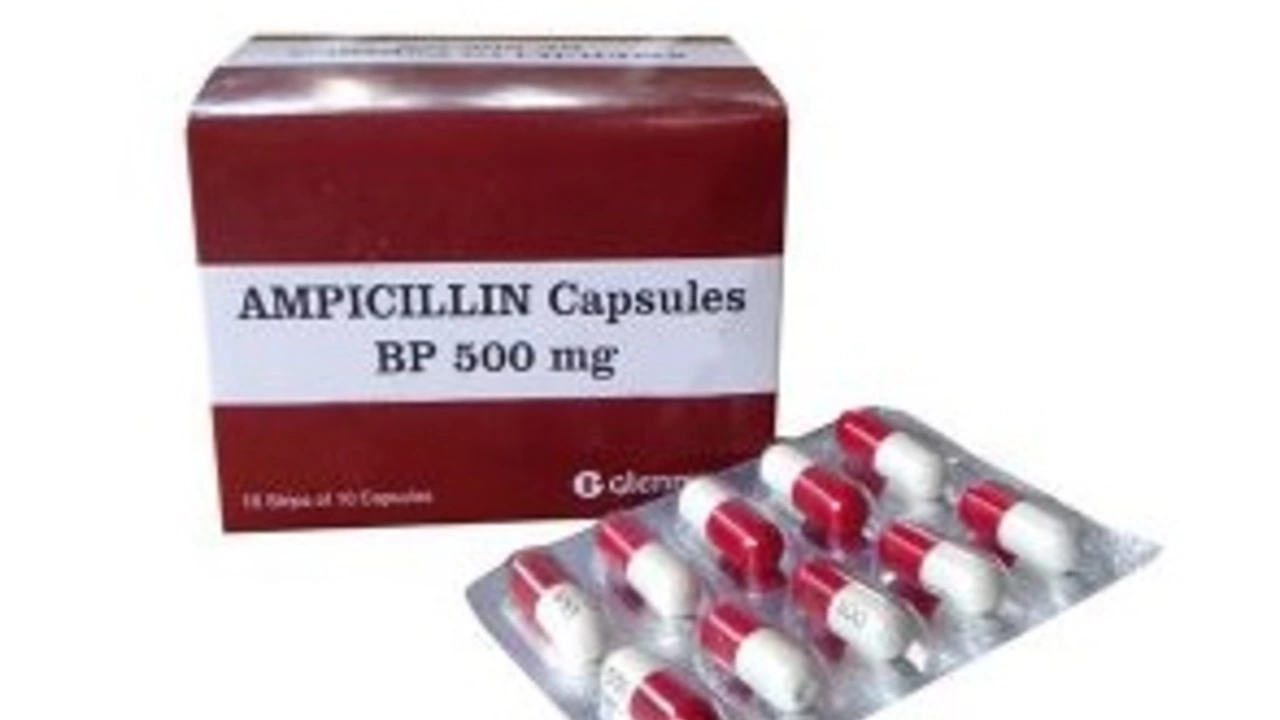Introduction to Antibiotic Wonderland: Ampicillin
Ever found yourself stuck in the rabbit-hole of bacterial infections, where these countless microscopic soldiers wage war on your gentle gut? Well, consider Ampicillin as the hearty "Alice," stepping into that chaotic Wonderland and playing a heroic role in battling gastrointestinal infections. But who is this "Ampicillin," you might ask? Let's shed some light on this saviour of sore stomachs and rescue ranger of rampant bacteria and let's make this learning journey captivating!
From Pennicilin to Ampicillin: The Evolutionary Leap
Once upon a time, not much different than today, during 1958 to be exact, a team of British scientists at Beecham Research Laboratories were hard at work. They were developing a new broad-spectrum penicillin antibiotic. This one turned out to be a big deal, an evolutionary leap in antibiotic medicines, marking the birth of our friend, Ampicillin.
Kick-starting the Antibiotic Action: The Ampicillin Mode of Work
Peek inside the war zone, where the microscopic soldiers are doing the tango with your tummy. Ampicillin, the white knight, enters the battlefield, launching a silent but deadly attack on the bacterial cell walls. By inhibiting the cross-linking of peptidoglycan chains during cell wall synthesis, Ampicillin weakens the enemy’s forte, eventually destroying the bacteria.
Making Accurate Choices: When to Use Ampicillin?
The real question is, when do you call Ampicillin into action? It's tailored to treat a pay-load of infections, but in this article, we're focusing on its role in handling gastrointestinal infections. Escherichia coli, Salmonella, and Shigella often play the villains in this saga.
A Cautionary Tale: Side Effects of Ampicillin
Here's a little story from my own family’s mishmash of health drama. Once, Madeline, my better half, fell victim to a nasty case of Salmonella. She was prescribed Ampicillin. Through her experience, my household learned that while Ampicillin is effective, it has some side effects like mild skin rash, nausea, and diarrhoea.
Special Cases: Ampicillin Usage in Children and Elderly
My youngsters, Caden and Alina, had their fair share of GI infections in their tot years. I can tell you, it's a tough call using antibiotics on young ones and the elderly. Dosage adjustments and careful monitoring are key. So, dear parent or concerned adult, know the specifics before you venture into the world of Ampicillin.
Combating Resistance: Sensible use of Ampicillin
Antibiotic resistance is one big, ugly bump on the road of successful antibiotic use. Over the years, the misuse and overuse of Ampicillin have led to bacterial resistance, making infections harder to treat. Let's dive a bit deeper into ways to combat this issue and ensure Ampicillin continues to be our gut’s gallant guardian!
Ampicillin and Food: A Digestive Duo
Lastly, you might wonder if there's a right way to consume Ampicillin with food. Well, it's a mixed dish. While some doctors recommend taking Ampicillin on an empty stomach for better absorption, others suggest having it with food to minimise potential side effects. Let's untangle this dietary dilemma!
A Conclusion: Ampicillin - A Gastrointestinal Knight
To sum up, Ampicillin could be one powerful weapon in our arsenal against gastrointestinal infections. Despite some resistance issues and side effects, it continues to be widely used, making life a bit more bearable when your belly goes into battlefield mode. Make sure to understand its usage, side effects, and nuances of dosage adjustments, especially in special populations, while also being aware of how to consume it with your meals. Remember, "Alice" might make all the difference in your fight against the bacterial baddies inside the belly!


Write a comment